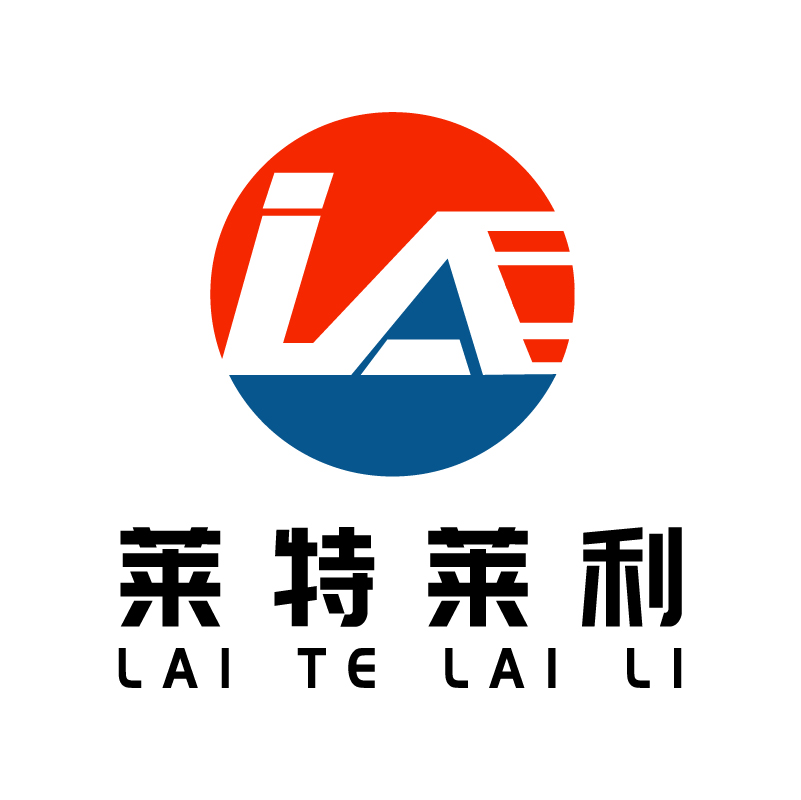What are the challenges facing new entrants to the BOPP thermal synthetic paper industry?
New entrants to the BOPP thermal synthetic paper industry face many challenges, which mainly come from market competition, technical thresholds, environmental requirements and raw material supply. Here is a breakdown of these challenges:
1.the market competition is fierce
Market share competition: there are already many well-known enterprises and brands in the BOPP thermal synthetic paper market, and new entrants need to face fierce market competition and compete for limited market share.
Brand and channel building: The establishment of brand awareness and sales channels requires time and capital investment, and new entrants may face low brand recognition and poor channels.
2.the technical threshold is high
Complex production process: The production process of BOPP thermal synthetic paper is relatively complex, requiring advanced production equipment and technical support. New entrants need to invest a lot of money in technology research and development and equipment acquisition.
Product quality control: The performance and quality of thermal synthetic paper directly affect the application effect and market acceptance of the product. New entrants need to establish a sound quality management system to ensure the stability and reliability of product quality.
3.Improved environmental protection requirements
Environmental regulatory pressure: With the increasingly stringent environmental regulations, the BOPP thermal synthetic paper industry is also facing environmental pressure. New entrants need to pay attention to the dynamic changes in environmental regulations and take corresponding environmental measures to meet regulatory requirements.
Sustainable development needs: The market demand for environmental protection and sustainable development is increasing, and new entrants need to focus on the environmental performance and recyclability of products to meet the market demand and gain a competitive advantage.
4.Fluctuations in the supply of raw materials
Raw material price fluctuations: The main raw material of BOPP thermal synthetic paper is polypropylene and other chemical raw materials, and its price is affected by many factors such as market supply and demand, crude oil price fluctuations. New entrants need to pay attention to the dynamic changes in the raw material market and develop corresponding procurement strategies to reduce cost risk.
Supply chain stability: Establishing a stable supply chain system is critical for new entrants. It is necessary to ensure the stability and reliability of the supply of raw materials to avoid production delays and market losses due to supply chain disruptions.
5.Market demand changes rapidly
Diversification of market demand: With the continuous development of the market, the application field of BOPP thermal synthetic paper continues to expand, and the market demand also shows a diversified trend. New entrants need to pay close attention to the changing trend of market demand, and timely adjust product structure and market strategy to meet market demand.
Technological innovation demand: Technological innovation is an important driving force to promote the development of BOPP thermal synthetic paper industry. New entrants need to pay attention to technological innovation and R&D investment in order to develop new products and technical solutions with independent intellectual property rights to improve market competitiveness.
To sum up, the new BOPP thermal synthetic paper industry faces multiple challenges such as fierce market competition, high technical threshold, increased environmental protection requirements, fluctuations in raw material supply and rapid changes in market demand. To meet these challenges and succeed, new entrants need to develop scientific market strategies, strengthen technology research and development and quality management, pay attention to environmental regulations and changes in market demand, and take corresponding measures to reduce risks and improve market competitiveness.


